Ponytail Palm or Beaucarnea recurvata is the perfect candidate to have indoors. The plant is gorgeous on its own, and you’ll love it even more as a kokedama. A hardy plant to grow, ponytail kokedama even suits newbies who haven’t had much interaction with gardening before. Though the species is easy-going by nature, you might want to familiarize yourself with a few things before having it in your home.
Origin Of Ponytail Palm
Beaucarnea recurvata, recognized by Ponytail palm, is an evergreen shrub or tree that originates from the semi-desert areas of Mexico, Belize, and Guatemala. In its natural habitat, the tree can grow as tall as 30 feet! However, when kept indoors, they barely reach 4 feet - which means you can enjoy it as a bonsai. Despite its name, ponytail palm is not a true palm. It belongs to the family Asparagaceae, while palms belong to the family Arecaceae.
How to Care For Ponytail Kokedama?
It’s a resilient plant that can survive without much care. For this reason, ponytail kokedama makes an excellent gift for even the busiest people who wouldn’t want to spend much time in plant care. Here are a few things to note.
- Light
Native to semi-desert areas, ponytail palm will grow best in bright light. It can tolerate everything between full sun and part shade. In shaded locations, however, the plant won’t grow as fast.
- Temperature
The ideal temperature for ponytail palms is in the range of 60 to 80 degrees Fahrenheit. It can survive higher temperatures but will need to be watered more often to compensate for the evaporation. Temperatures under 40 degrees aren’t suitable for the plant. Freezing temperatures can even kill the plant.
- Humidity
As a desert plant, ponytail kokedama doesn’t need much additional humidity. Average room humidity is typically good for the plant. Keep it away from drafts and vents to prevent the foliage from drying out.
- Water
The plant likes it when the soil stays slightly on the drier side. That's the reason why it's a houseplant for the forgetful waterers! Allow the moss ball to almost dry out between waterings. Typically, you’ll only need to water it once every two or three weeks. You may water more often if the temperatures are too high.
To water the plant, immerse the moss ball in a bowl of water. Allow it to sit in water for 10 to 15 minutes until completely saturated. Remove the ball from the water, allow excess water to drip before placing it back in its place.
- Plant Food
Plant food helps it grow healthier. Fertilize once a month with diluted cactus fertilizer by adding it to the irrigation water.
- Pruning
Cut out the dry leaves with sharp pruning shears so they don’t eat up the plant’s energy. Removing dead and dry leaves encourages the growth of new foliage.
- Propagation
With good care, your ponytail palm will give off side shoots or pups you can use for propagation. Slice these off the mother plant using sharp scissors, root it in fresh potting soil, and you’ll soon have a new plant to enjoy.
- Common Problems
Overwatering is probably the most common problem that the plant experiences. It’s also occasionally bothered by spider mites, mealybugs, and scales. Apply a systemic insecticide to get rid of the pests.
Is It Pet-Friendly?
According to ASPCA, the Ponytail Palm is non-toxic to cats, dogs, and horses. Simply put, it’s safe to have in a home with pets and children.


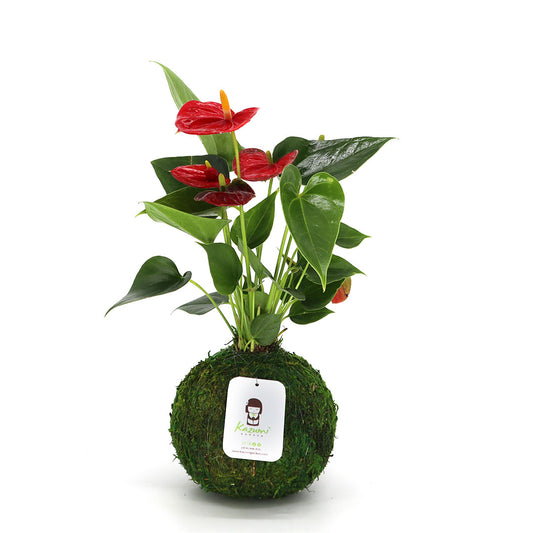
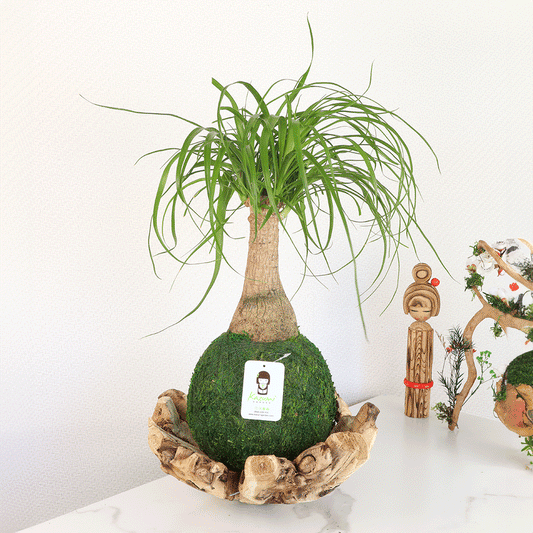
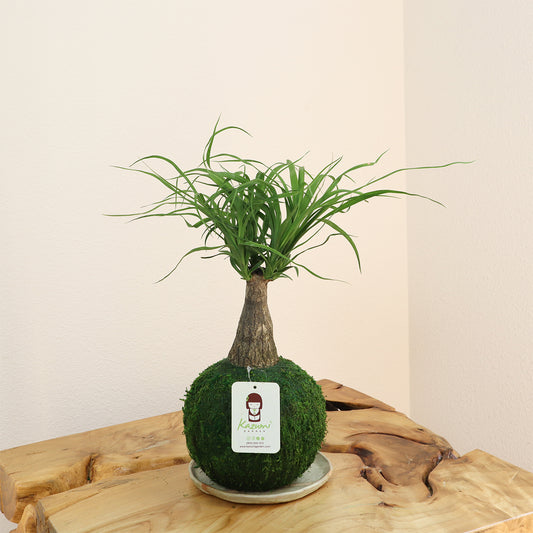
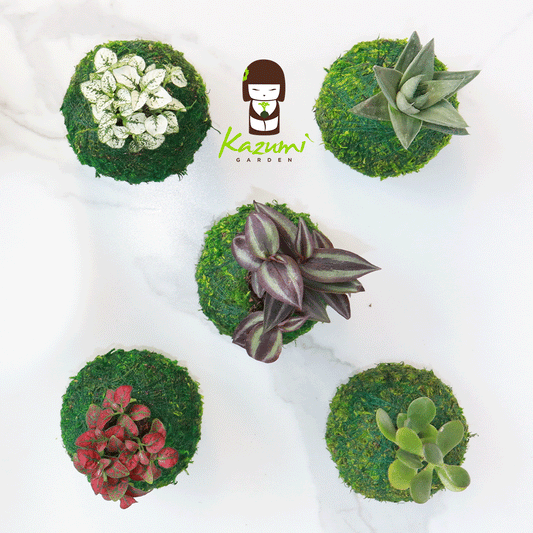
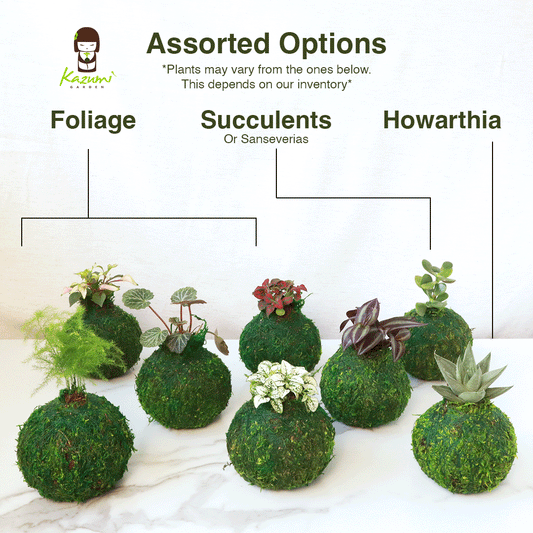
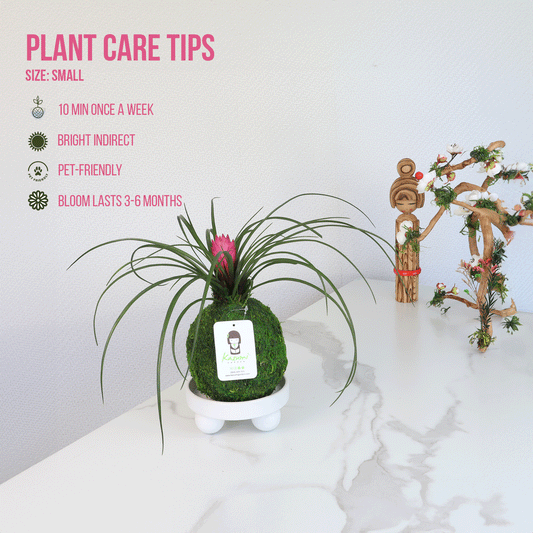
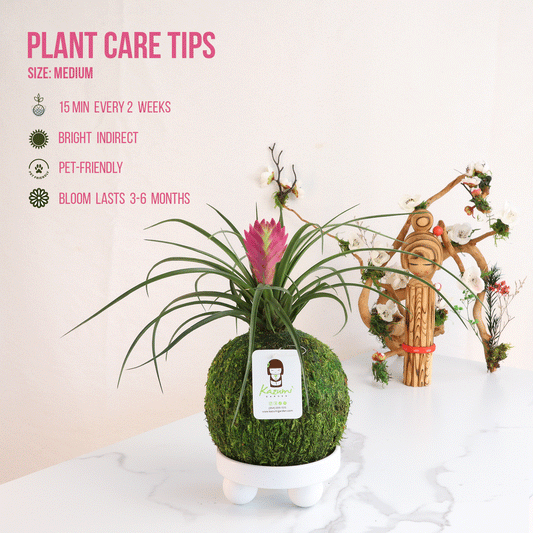

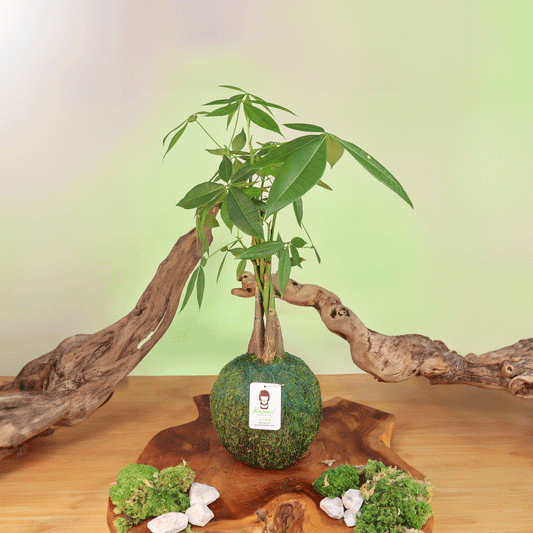
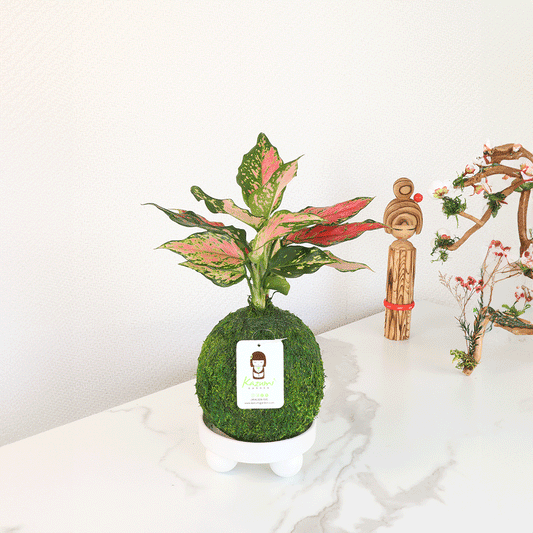
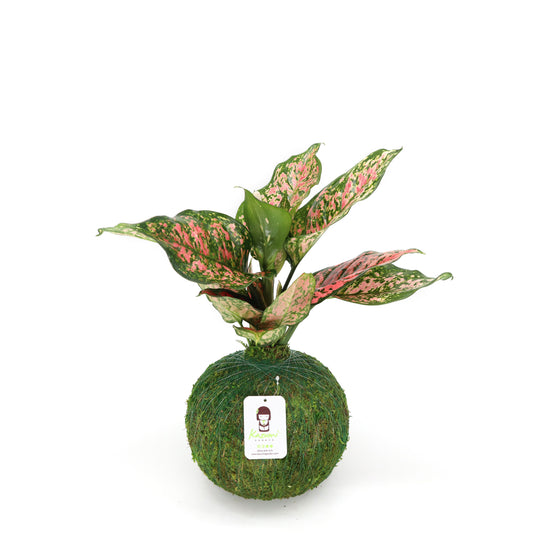
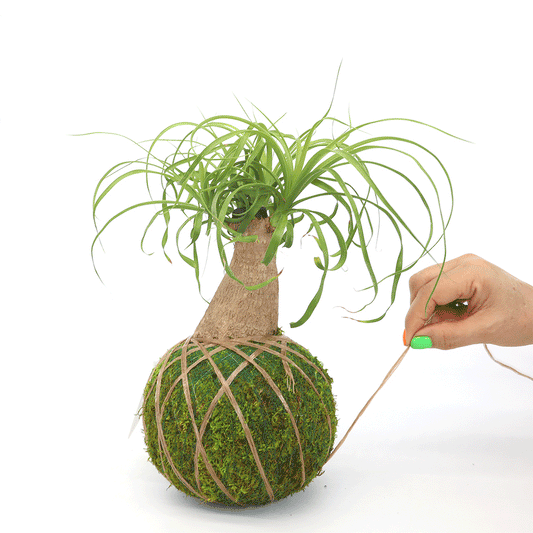
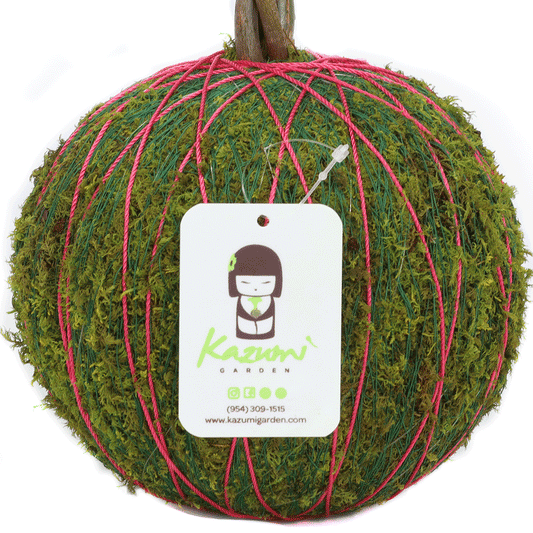

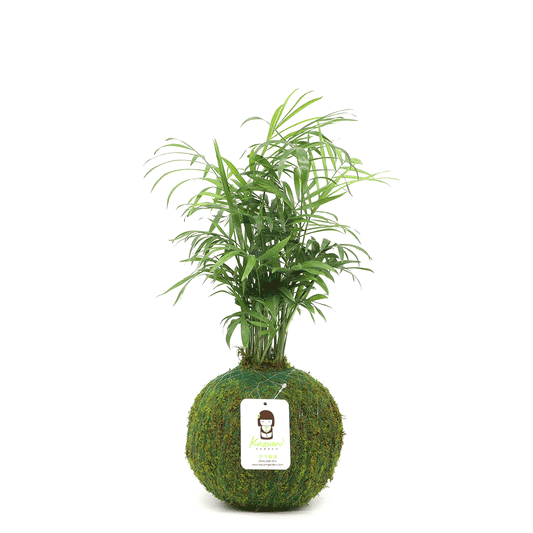
1 comment
Its a wonderfull plant, I love it